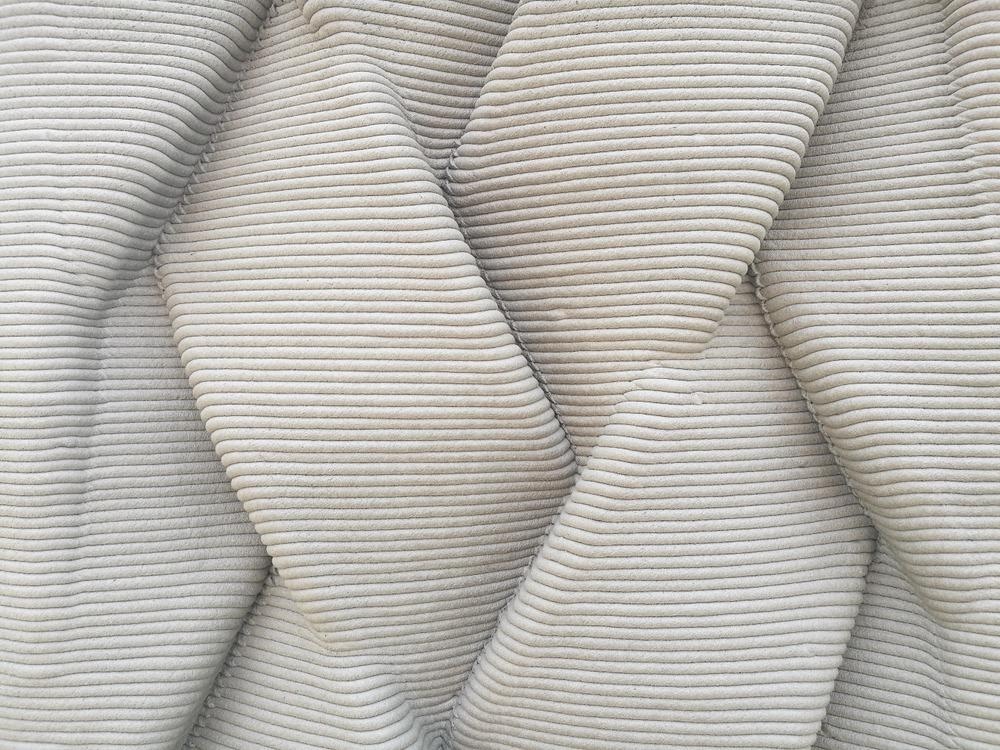 By Surbhi JainReviewed by Susha Cheriyedath, M.Sc.Jun 17 2022
By Surbhi JainReviewed by Susha Cheriyedath, M.Sc.Jun 17 2022In an article recently published in the journal Additive Manufacturing, researchers discussed the form stability, rheological characteristics, and compressive strength of needle-like pigment-modified 3D printed colored cement composites.

Study: Rheological properties, shape stability and compressive strength of 3D printed colored cement composites modified by needle-like pigment. Image Credit: Parmna/Shutterstock.com
Background
As one of the most rapidly developing additive manufacturing products, 3D printed concrete (3DPC) has been extensively researched as a construction material. In the case of 3D printed constructions, fresh cement pastes with outstanding extrudability and buildability are required for a successful installation. Fresh paste should have an appropriate plastic viscosity and dynamic yield stress during pumping and extrusion, as well as high static yield stress during the stacking.
Recent research has suggested that the flow law of various printed cementitious pastes incorporating supplementary material and rheological additives can be revealed by the controlling of rheology, which introduces the flow law of various printed cementitious pastes incorporating supplementary material and rheological additives.
White Portland cement (WPC) is a commonly utilized cementitious material in the architectural decoration sector because of its consistent performance, great lightness, and ease of dyeing. The research into 3D printed WPC composites, on the other hand, is still in its early stages. Furthermore, preparing 3D printed WPC composites so that they may display a wide range of colors and match artistic modeling requirements for architectural components brings additional obstacles.
About the Study
In this study, the authors examined the impact of needle-like yellow pigment (YP) and sheet-like blue pigment (BP) as coloring components in 3D printed WPC-based materials on rheological characteristics, colorability, form stability, and compressive strength.
The team demonstrated how different pigment dosages affected color performance, buildability, extrudability, and mechanical strength of the 3D printed WPC and figured out what the best pigment dose was. The three primary colors' sheet-like blue pigment (BP) and needle-like yellow pigment (YP) were added to the WPC to create 3D printed colored cement composites (3DPCCCs). Using a precision colorimeter to confirm the saturation point of the color, the impact of various dosages of YP/BP on the shading effect was described.
The researchers measured the dynamic and static yield stress of 3DPCCCs changed by colors for managing structure deformation and printability. To analyze the mechanical property and hydration reaction, the hydration heat and compressive strength of 3DPCCCs were also examined. Further, the ideal mix's practicality was confirmed by printing a big pentagram component.
Observations
When the YP concentration approached 2%, huge micropores with pore diameter greater than 2 mm were found, along with a considerable rise in the relative macropores ratio. The compressive strength increased by 12.3% from 42.2 MPa to 47.4 MPa as the YP content increased from 0% to 2%.
When the BP content was increased from 0 to 2%, the structure deformation increased from 10.38% to 14.3%, then decreased to 11.5% when the BP content was increased to 4%. The static yield stress of 3DPCCCs was considerably reduced when BP was added, with a BP concentration in the region of 12%. The static yield stress of 3DPCCCs with 2% BP was 450 Pa, which was the lowest.
The addition of YP increased the static yield stress and thixotropy of 3DPCCCs, which resulted in a considerable reduction in structure deformation. The compressive strength of 3DPCCCs with 2% YP was enhanced by 12.3% to 47.4 MPa, and structure deformation was reduced by almost 50% when compared to the reference sample.
Although the inclusion of BP enhanced the extrudability of 3DPCCCs, it also lowered shape stability and compressive strength. Further, the paste displayed good extrudability and buildability in a scaled-up 3D printed pentagram component with 2% YP, and 16 layers of stacking were achieved without apparent deformation.
Conclusions
In conclusion, this study utilized the needle-like YP and sheet-like BP to color WPC-based materials in order to create 3DPCCCs. The primary goal was to see how they affected rheological behavior, colorability, printability, and compressive strength. As the pigment content in 3DPCCCs increased, the colorability improved.
The YP and BP both reached saturation thresholds of 3%, with a small total color difference. The YP greatly enhanced the static yield stress of 3DPCCCs, which was useful for improving buildability. To achieve the extrudability criterion, the YP content must not exceed 3%, and the dynamic yield stress of 3DPCCCs containing YP should be less than 414.17 Pa.
The inclusion of BP lowered the dynamic yield stress, allowing for better extrudability but at the expense of buildability and compressive strength. The compressive strength of 3DPCCCs having 2% YP incremented by 12.3% as compared to the reference sample. Furthermore, as the YP content increased to 4%, the structure deformation of 3DPCCCs having YP decreased by 69.7%. 2% YP was added to the mortar to create a big 3D printed pentagram with up to 16 layers without significant deformation, based on excellent printability and compressive strength.
More from AZoM: Reviewing the Use of Computational NIR Spectroscopy
Disclaimer: The views expressed here are those of the author expressed in their private capacity and do not necessarily represent the views of AZoM.com Limited T/A AZoNetwork the owner and operator of this website. This disclaimer forms part of the Terms and conditions of use of this website.
Source:
Jin, Y., Xu, J., Li, Y., et al. Rheological properties, shape stability and compressive strength of 3D printed colored cement composites modified by needle-like pigment. Additive Manufacturing 102965 (2022). https://www.sciencedirect.com/science/article/abs/pii/S221486042200358X